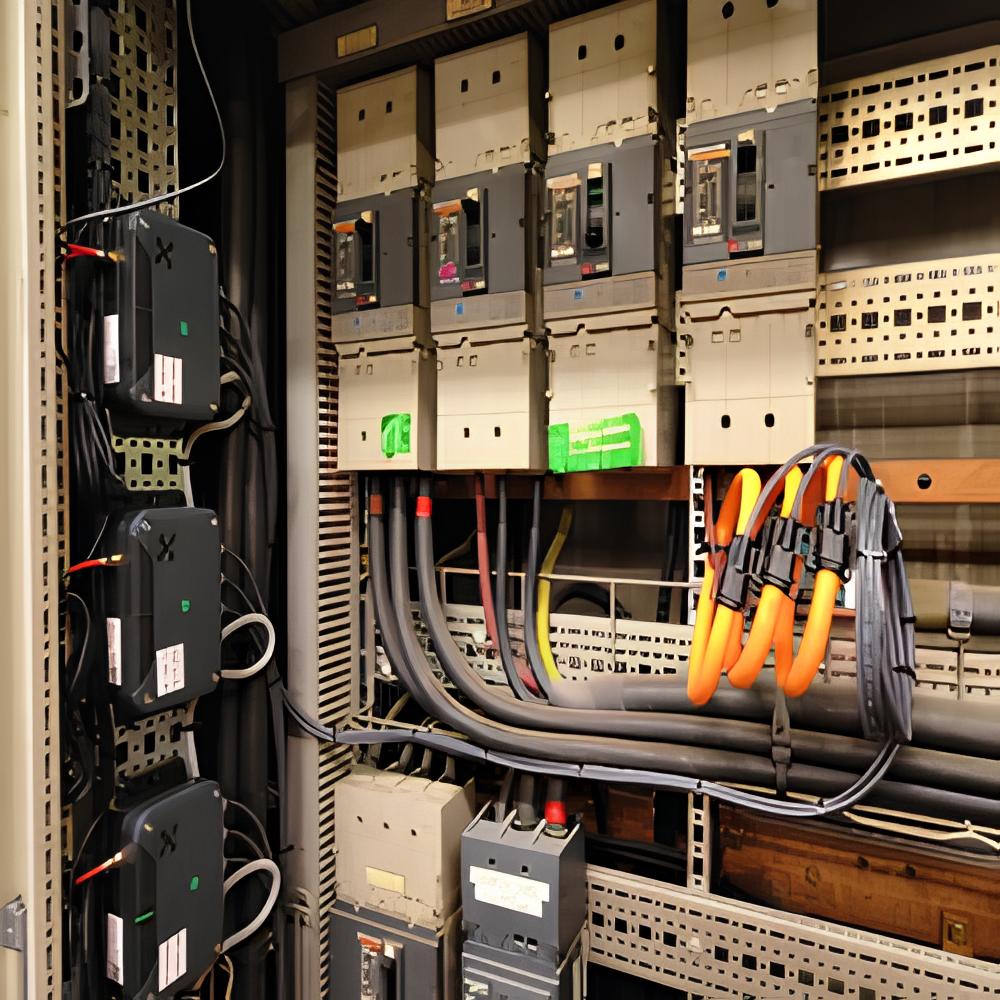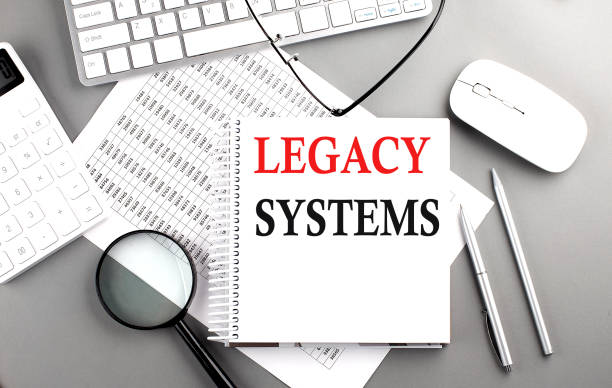
#SmartIndustry
22 January 2025
Industrial IoT: why smart sensors will become a pillar of your innovation strategy
The Internet of Things (IoT) is transforming industry. Beyond simply monitoring equipment, smart sensors bring unprecedented analytical and optimization capabilities. Whether it's improving maintenance, optimizing production, or ensuring traceability of flows, these devices are becoming essential for industries seeking performance and innovation.
In this article, we will explore why and how the integration of IoT sensors should be an integral part of your innovation strategy.
Industrial IoT: A Revolution in Progress
What is Industrial IoT and why is it key to innovation?
Industrial IoT (IIoT – Industrial Internet of Things) refers to the set of connected objects used in industrial environments to collect and analyze data in real time. Unlike consumer IoT (smartwatches, home automation, etc.), IIoT focuses on managing industrial operations, predictive maintenance, and performance optimization.
Smart sensors are at the heart of this technology. They measure critical parameters such as temperature, humidity, pressure, vibrations, and energy consumption. This data, once exploited, enables faster and more accurate decision-making based on measurable facts rather than intuition.
Key benefits of industrial IoT for businesses
IoT is more than just a technological addition; it enables a deep transformation of industrial processes and brings concrete benefits:
- Predictive Maintenance: Anticipate failures before they occur by analyzing vibrations or abnormal temperatures.
- Performance Optimization: Adjust production parameters in real time to minimize losses and maximize quality.
- Automation and Cost Reduction: Eliminate certain human interventions through automated alerts.
- Traceability and Compliance: Ensure precise tracking of raw materials and finished products, a major issue in sectors such as food processing or pharmaceuticals.
- Enhanced Security: Continuously monitor infrastructure to avoid industrial risks (gas leaks, overheating, etc.).
Why smart sensors are the future of industry
How do IoT sensors work in an industrial environment ?
Smart sensors are far more advanced than traditional sensors. They integrate three essential components:
- A measurement module (e.g., accelerometer, temperature sensor, pressure sensor).
- A communication module (WiFi, LoRaWAN, Bluetooth, NB-IoT) for data transmission.
- An embedded microprocessor capable of performing data processing directly on-site (Edge Computing).
This last feature is essential: rather than sending all data continuously to a remote server, a smart sensor can pre-process the information and transmit only relevant data. This reduces latency, saves bandwidth, and enhances system responsiveness.

Predictive maintenance and optimization : concrete Use Cases
Let's look at two concrete examples where smart sensors make a difference:
Predictive Maintenance in the Automotive Industry
In an engine production plant, one of the major problems is the wear and tear of machine tools. By equipping these machines with IoT sensors that measure vibrations and temperature, it becomes possible to predict a failure before it occurs. The result: reduced maintenance costs and avoided production stoppages.
Energy Optimization in Logistics Warehouses
A major e-commerce player equipped its warehouses with smart sensors measuring energy consumption and temperature flows. With this data, it was able to reduce its electricity consumption by 15% by automatically adjusting heating and lighting according to the actual activity in the storage areas.
How to integrate IoT Sensors into your innovation strategy ?
Define your objectives and priority Use Cases
Before deploying an IoT infrastructure, it is crucial to target high-value use cases. Ask the right questions:
- Which critical processes would benefit from real-time monitoring ?
- What are the hidden costs related to maintenance, energy consumption, or production defects ?
- What industrial risks do you want to better control ?
Choose the right sensors and infrastructure
Not all sensors are created equal! To ensure optimal ROI, it is essential to choose devices suited to the constraints of your environment:
- Autonomy: Long-lasting battery or continuous power supply ?
- Connectivity: WiFi, LoRaWAN, 5G, NB-IoT ?
- Resistance: Are they designed to operate in extreme conditions (heat, humidity, chemicals) ?
Effectively utilize collected data
Collecting data is good; using it intelligently is better. This is where Data Analytics and Artificial Intelligence solutions come into play. By cross-referencing information from sensors, it becomes possible to automate certain decisions and detect correlations invisible to the human eye.
Secure the entire IoT system
Cybersecurity is a major issue in Industrial IoT. An attack on a poorly protected sensor can compromise an entire infrastructure. It is therefore crucial to :
- Encrypt data sent by sensors.
- Regularly update firmware to fix vulnerabilities.
- Isolate IoT networks to prevent propagation in case of intrusion.
Conclusion : IoT, a strategic lever for industry
The adoption of smart sensors in industry is no longer just an option but a necessity to remain competitive. Their ability to collect, analyze, and transmit data in real time opens up considerable innovation prospects.
By integrating these technologies now, you are preparing your company for more agile, efficient, and resilient management in the face of tomorrow's challenges. So, are you ready to incorporate IoT into your innovation strategy ?









